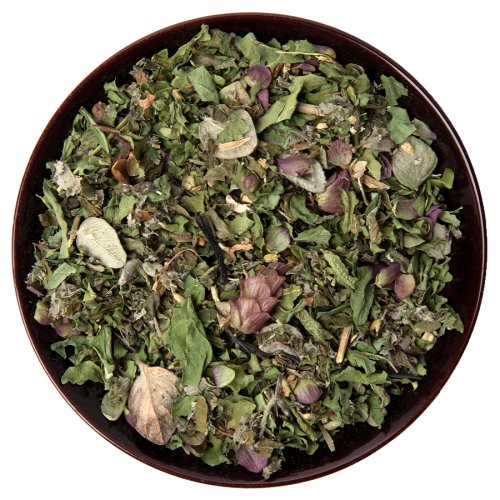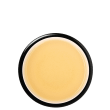Herbal infusion of dandelion and dandelion root, caraway, peppermint, raspberry leaves, Sunrouge green tea, dictamos, yarrow, milk thistle, wormwood, gentian root and artichoke.
Nettle
The dandelion (Taraxacum officinale) has been known in botany since ancient times. Valuable ingredients can be found in almost all parts of the plant, but are most concentrated in the roots.
Caraway
Caraway (Carum carvi) belongs to the Apiaceae family and originates from the Mediterranean region, the Middle East and North Africa. Wild caraway plants can also be found in Germany. The fruits of the plant in particular are used in many international cuisines. In traditional European herbalism, caraway fruits are used for tea.
Peppermint
Peppermint (Mentha piperita) has been used for ages in cultures around the world for purification rituals, as incense, and in the form of calming tea. To help improve concentration, students in ancient times wore a crown of twisted mint and relied on the sweet, clear scent for its stimulating effects. Traditionally, peppermint is consumed as a tea or inhaled in the form of steam baths.
Raspberry Leaves
The raspberry bush (Rubus idaeus) is mainly known for its tasty fruits, raspberries. However, its leaves are also used in traditional herbalism for the preparation of tea. Archaeological findings show that both the fruits and leaves of the plant were used as early as the Stone Age. Herbalist priests and monks of the Middle Ages often cultivated the bushes in their monastery gardens.
Sunrouge Green Tea
Sunrouge is a special green tea hybrid from C. taliensis and C. sinensis. For Sunrouge Green, a high proportion of the more mature leaves from later harvests, which have a very special composition of phytochemicals, is used.
Dictamos
Dittany of Crete (Origanum dictamnus) is native to Crete. It belongs to the mint family and grows wild mainly on limestone walls and rocks in the Greek mountain region "Dicti," from which its name is derived. Dittany was highly valued in ancient times and was considered a true wonder herb among Greek botan.
Yarrow
Yarrow (Achillea millefolium) is found throughout Europe and northern Asia and has a long tradition in herbalism. According to Greek mythology, the soldier Achilles also used yarrow, and it is to this legend that yarrow owes its Latin name Achillea millefolium.
Milk Thistle
The milk thistle (Silybum marianum), also known as the silver thistle, Mary thistle or liver herb, belongs to the daisy family. The plant owes its name to the white spots on its leaves.
Wormwood
Wormwood (Artemisia absinthium) is a herbaceous plant that belongs to the daisy family (Asteraceae). In ancient times, it was used to ward off evil spirits and placed in the beds of small children to protect them from goblins and nature spirits. The well-known herbalist Father Kneipp was also aware of its power. Today, wormwood is still the basis for the production of various spirits such as vermouth and absinthe.
Gentian Root
When most people think of gentian, they think of blue gentian flowers. Food supplements, however, use the root of the great yellow gentian (Gentiana lutea L.). It contains many bitter glycosides and, consequently, has an extremely high bitter value of at least 10,000.
Artichoke
Artichokes (bot. Cynara) are not only a simple culinary delight; they also boast a wealth of phytonutrients. The artichoke was initially documented by herbalists in Persian records roughly 1000 years ago, and for nearly a century, it has played a crucial role in Western herbalism as an essential remedy.










